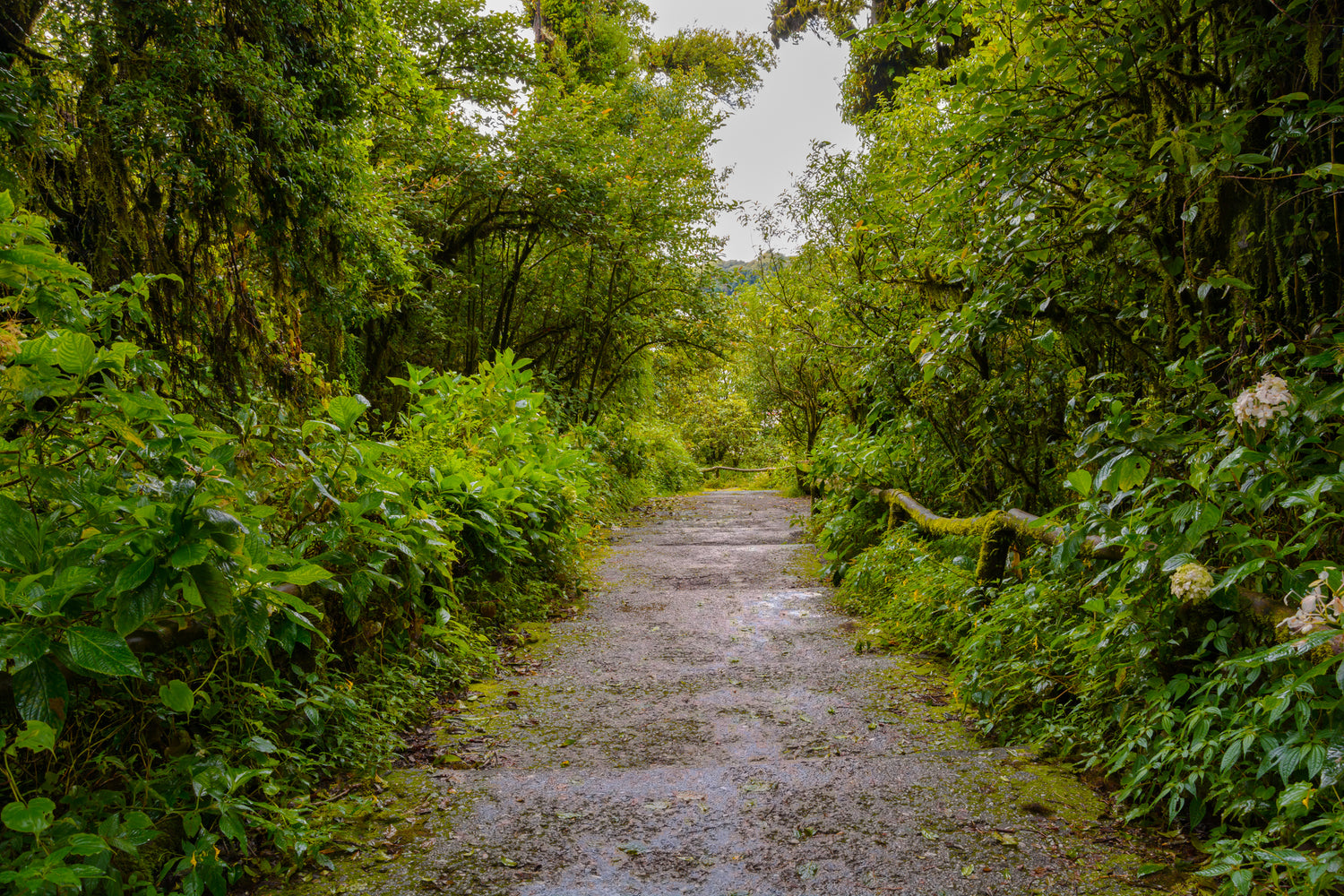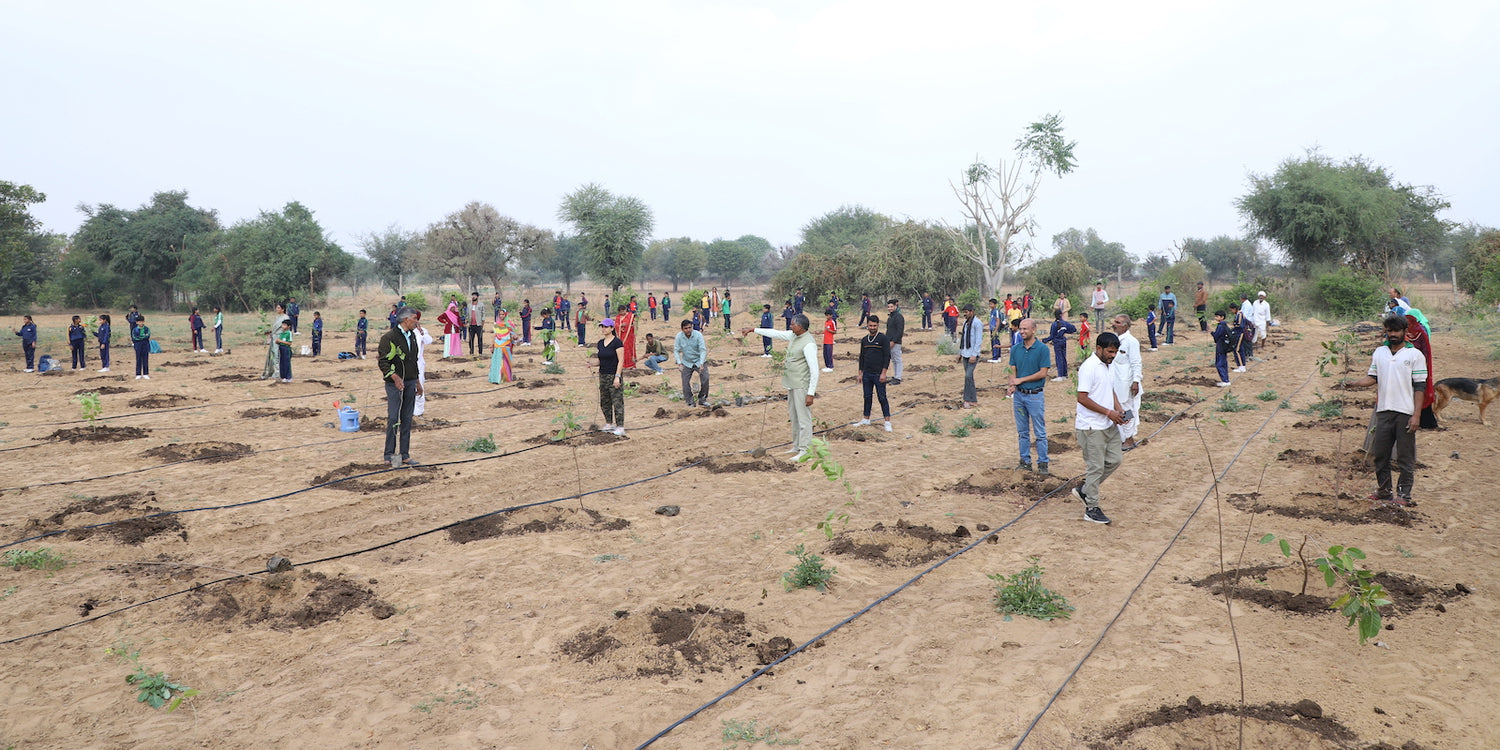Miyawaki Forest in Meghalaya
In the lush landscapes of Meghalaya, a revolutionary approach to reforestation is taking root. The Miyawaki Forest method, named after Japanese botani Read more
Connect with us
-
👥 Corporates
If you are looking for:
- 🌲 Tree Plantation Events
- 📊 CSR Projects
📧 corporate@growbilliontrees.com
📞 +91 9699723523
💬 +91 9325931304 WhatsApp (Only)
🕒 Mon - Sat | 10am - 7pm IST
-
🧩 Tree Plantation NGOs
If you are looking for:
- 💰 Financial Assistance
- 🤝 Operational Support
📧 support@growbilliontrees.com
📞 +91 9699723523
💬 +91 9325931304 WhatsApp (Only)
🕒 Mon - Sat | 10am - 7pm IST
-
🌼 Individuals
If you are looking for:
- 👥 Group Tree Plantation Drive
- 🌳 Bulk Tree Plantation
📞 +91 9699723523
💬 +91 9325931304 WhatsApp (Only)
🕒 Mon - Sat | 10am - 7pm IST
Plantation Gallery
Trending
Trees for Corporates
Miyawaki Forest in Meghalaya
In the lush landscapes of Meghalaya, a revolutionary approach to reforestation is taking root. The Miyawaki Forest method, named after Japanese botanist Akira Miyawaki, is transforming barren lands into thriving ecosystems. This method is not just about planting trees; it's about restoring nature's balance.
The Miyawaki method involves planting native species in a dense, layered manner. This mimics natural forests, promoting rapid growth and biodiversity. In just a few years, these mini-forests become self-sustaining, requiring minimal maintenance.
Meghalaya, known for its rich biodiversity, is an ideal location for Miyawaki forests. The state's unique climate and soil conditions support a wide variety of plant species. This makes it perfect for creating diverse, resilient ecosystems.
One of the key benefits of Miyawaki forests is their ability to sequester carbon. As these forests grow, they absorb significant amounts of CO2, helping to combat climate change. They also improve air quality, reduce noise pollution, and provide habitat for wildlife.
In Meghalaya, the Miyawaki method is gaining momentum thanks to the efforts of local communities, environmental organizations, and government initiatives. These stakeholders are working together to identify suitable sites and plant native species.
Grow Billion Trees, a leading environmental organization, is playing a pivotal role in this movement. They are partnering with corporates, government bodies, and volunteers to conduct regular tree plantations across Meghalaya.
This collaboration is crucial for the success of the Miyawaki forests. Corporates provide funding and resources, while government bodies offer land and logistical support. Volunteers bring passion and manpower, ensuring that each tree is planted with care.
Grow Billion Trees is also focused on educating the public about the importance of reforestation. They conduct workshops and seminars, teaching people how to create and maintain Miyawaki forests. This knowledge empowers communities to take action and protect their environment.
The impact of these efforts is already visible. In several areas of Meghalaya, barren lands have been transformed into green oases. These forests are not only beautiful but also serve as vital ecosystems, supporting a wide range of flora and fauna.
Local communities are reaping the benefits of these forests. They provide shade, reduce soil erosion, and improve water retention. This is particularly important in Meghalaya, where heavy rainfall can lead to landslides and flooding.
The success of the Miyawaki forests in Meghalaya is inspiring other regions to adopt this method. It demonstrates that with the right approach, reforestation can be both effective and sustainable.
For those interested in supporting this cause, there are many ways to get involved. You can volunteer for tree planting events, donate to organizations like Grow Billion Trees, or simply spread the word about the importance of reforestation.
Every tree planted is a step towards a healthier planet. By supporting Miyawaki forests, you are contributing to a greener, more sustainable future for all.
In conclusion, the Miyawaki Forest method is a game-changer for reforestation efforts in Meghalaya. It offers a practical, effective solution to environmental challenges, while also fostering community involvement and education.
As more people join this movement, the dream of a greener Meghalaya is becoming a reality. Together, we can restore nature's balance and create a better world for future generations.
Join us in this journey. Let's plant trees, grow forests, and make a lasting impact on our planet. Together, we can achieve the extraordinary.
Miyawaki Method in Meghalaya
Imagine a forest growing faster than your favorite TV series plot twist! The Miyawaki Method is the secret sauce behind Meghalaya's green revolution. This technique, developed by Japanese botanist Akira Miyawaki, involves planting native species close together, creating a dense, biodiverse forest in record time. In Meghalaya, this method is turning barren lands into lush green havens, faster than you can say "photosynthesis." It's like nature's version of speed dating, where trees find their perfect match and grow happily ever after. So, if you're in Meghalaya, don't be surprised if you stumble upon a forest that seems to have sprung up overnight. It's just the Miyawaki magic at work!
Biodiversity in Miyawaki Forests
Biodiversity in Miyawaki Forests is like a surprise party where every plant and critter is invited! These forests in Meghalaya are buzzing with life, thanks to the diverse range of native species planted using the Miyawaki Method. It's a botanical buffet where every plant gets a seat at the table, and the result is a thriving ecosystem that supports a wide array of wildlife. From chirping birds to curious insects, these forests are a hotspot of biodiversity. So, if you're a fan of nature's variety show, a Miyawaki Forest in Meghalaya is the place to be. Just remember to bring your binoculars and a sense of wonder!
Climate Change Mitigation
Miyawaki Forests in Meghalaya are like nature's air conditioners, working overtime to combat climate change. These dense forests absorb carbon dioxide faster than you can say "global warming," making them a powerful tool in the fight against climate change. By planting native species close together, the Miyawaki Method creates forests that grow rapidly and sequester carbon efficiently. In Meghalaya, these forests are helping to cool the planet, one tree at a time. So, if you're worried about the planet heating up, take a leaf out of the Miyawaki book and plant a forest. It's the coolest way to save the world!
Community Involvement
In Meghalaya, creating a Miyawaki Forest is a community affair, like a neighborhood potluck where everyone brings a dish. Local communities come together to plant and nurture these forests, fostering a sense of ownership and pride. It's a green gathering where everyone gets their hands dirty for a good cause. The result? A thriving forest and a stronger community bond. So, if you're in Meghalaya and hear about a tree-planting event, grab your shovel and join the fun. It's a chance to make new friends, grow a forest, and maybe even discover your hidden talent for gardening!
Native Species Selection
it's all about picking the right stars for your green production!
Soil Restoration
Miyawaki Forests in Meghalaya are like nature's spa treatment for tired, degraded soils. The dense planting of native species helps improve soil health, restoring its vitality and fertility. It's like giving the soil a rejuvenating facial, complete with a nutrient-rich mask. In Meghalaya, these forests are transforming barren lands into lush, productive ecosystems. So, if your soil is looking a little worse for wear, consider a Miyawaki makeover. It's the ultimate soil pampering session, guaranteed to leave your land looking fresh and fabulous!
Urban Miyawaki Forests
Urban Miyawaki Forests in Meghalaya are like green oases in a concrete desert. These mini-forests bring a breath of fresh air to urban areas, providing much-needed greenery and biodiversity. It's like having a pocket-sized rainforest right in the middle of the city. In Meghalaya, these urban forests are popping up in parks, schools, and even backyards, offering a slice of nature in the hustle and bustle of city life. So, if you're feeling the urban blues, take a stroll through a Miyawaki Forest. It's the perfect escape, without leaving the city!
Educational Opportunities
Miyawaki Forests in Meghalaya are not just about trees; they're also about teaching moments. These forests offer a living classroom where people can learn about ecology, biodiversity, and conservation. It's like a field trip where the forest is the teacher, and every plant and animal has a lesson to share. In Meghalaya, educational programs in Miyawaki Forests are inspiring the next generation of environmental stewards. So, if you're curious about nature and eager to learn, head to a Miyawaki Forest. It's the ultimate outdoor classroom, where every day is a school day!
You may like
Corporate Plantations
FAQ
What is a Miyawaki Forest and how does it work?
A self-sustaining, biodiverse forest that grows 10 times faster and is 30 times denser than conventional plantations. At Grow Billion Trees, we embrace this method to transform barren lands into lush green havens, ensuring that nature does the heavy lifting while we take the credit.
Why is the Miyawaki method suitable for Meghalaya?
Meghalaya, with its rich biodiversity and favorable climate, is a perfect candidate for the Miyawaki method. The region's high rainfall and fertile soil provide ideal conditions for rapid forest growth. By using native species, we ensure that the forests are resilient and adapted to local conditions. At Grow Billion Trees, we believe in working with nature, not against it, and the Miyawaki method allows us to do just that, creating thriving ecosystems in record time.
How does the Miyawaki method benefit the environment in Meghalaya?
The Miyawaki method offers numerous environmental benefits, especially in a biodiversity hotspot like Meghalaya. It enhances carbon sequestration, improves soil quality, and supports local wildlife by providing habitat and food sources. Additionally, these forests help in water conservation and reduce the risk of soil erosion. At Grow Billion Trees, we’re not just planting trees; we’re building ecosystems that contribute to a healthier planet, one sapling at a time.
What challenges does Grow Billion Trees face in implementing Miyawaki Forests in Meghalaya?
A Miyawaki Forest in Meghalaya can mature in as little as 20 to 30 years, compared to the 100 years it might take a conventional forest. Thanks to the region’s favorable climate and the method’s focus on native species, these forests grow rapidly. At Grow Billion Trees, we’re all about fast-tracking nature’s timeline, giving you a lush, green forest in the time it takes to binge-watch a few seasons of your favorite show.
What species are commonly used in Miyawaki Forests in Meghalaya?
In Meghalaya, we focus on native species that are well-adapted to the local climate and soil conditions. Common species include Khasi pine, Indian chestnut, and various indigenous shrubs and grasses. By using native plants, Grow Billion Trees ensures that our forests are not only sustainable but also support local biodiversity. It’s like creating a VIP club for plants, where only the locals get in.
How does Grow Billion Trees ensure the sustainability of Miyawaki Forests in Meghalaya?
Sustainability is at the heart of what we do at Grow Billion Trees. We ensure the sustainability of our Miyawaki Forests by using native species, engaging local communities, and employing eco-friendly practices. Regular monitoring and maintenance are part of our strategy to ensure that these forests continue to thrive. Think of us as the forest’s personal trainers, keeping them in shape and ready to take on the world.
How can individuals or organizations get involved with Grow Billion Trees in Meghalaya?
Getting involved with Grow Billion Trees is as easy as planting a seed. Individuals and organizations can participate by volunteering, sponsoring a forest, or collaborating on projects. We offer various programs tailored to different levels of involvement, ensuring that everyone can contribute to our mission of greening Meghalaya. Join us, and let’s make the world a greener place, one tree at a time.























